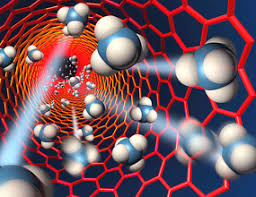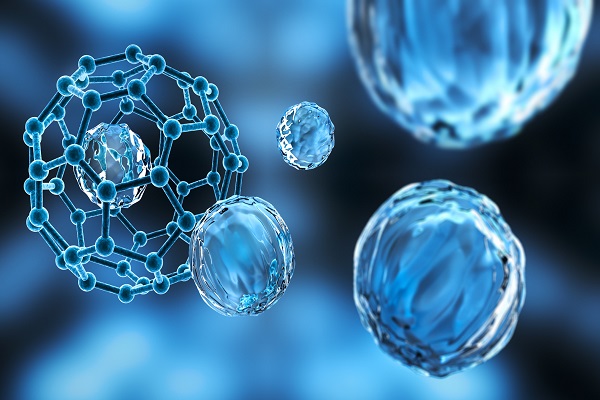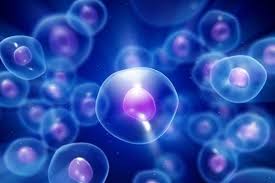Surface Effect and Different Characterization of Nanostructures based on Nano-Micro PhD
Author and Researcher: Engineer Afshin Rashid
Note: If we reduce a material
by a few tens of meters to a millimeter size, there is no change in its melting point, color, and magnetic properties , but this change occurs when the material is smaller to nanometer size and the number of atoms Surfaces in materials larger than nanometers are scarce, but as they enter the nanometer world, the amount of these atoms is much higher than that of all matter atoms .
If the atomic cluster is made up of a shell , 20% of its atoms are on the surface. If the diameter of each atom is 5 angstroms, the diameter of this cluster is 0.5 nm. In the case of three skins with a cluster diameter of 5.3 nm, equivalent to 03% of the atoms are at the surface. That is, by increasing the particle size from 0.5 nm to 5.3 nm, the percentage of surface atoms was reduced to 02%. For comparison, consider this change during the transition from the five skins to the 5.5 nm diameter (in the seven-shell state) of the 5.5 nm diameter. The amount of surface atoms decreases by 01% from 05% to 35%.
Therefore, the smaller the particle size, the greater the effect of particle size reduction on the amount of surface atoms . With a simple calculation, you will find that in materials with micrometer and meter dimensions, the amount of surface atoms is negligible compared to the total matter atoms and is almost zero. Therefore, the influence of these atoms on the properties of matter is negligible. But at the nanometer scale, the percentage of these atoms is very high and can play a decisive role in the material properties. The factor that controls many of the properties of nanomaterials seems to be the behavior of surface atoms and their amount.
In materials larger than nanometers, the number of surface atoms in the material is negligible and their role in determining the material properties is neglected. But as the size of the particles decreases and the ratio of surface atoms increases, their role becomes more complex and the properties of the materials change. In a solid, each atom is in a certain location relative to the other material. In crystalline materials, the spacings between atoms are perfectly calculable , depending on the material . Around each of these atoms, there are a certain number of other atoms at certain distances. This atom is in direct contact with some of the surrounding atoms with the least distance. By definition, the number of these atoms is called the neighborhood number, the consonant number, or the coordinate number .
In nanometer materials and atomic clusters where too many atoms are on the surface of the material or in other words the surface-to-volume ratio is much larger than the larger material, this effect should be more dramatic.





